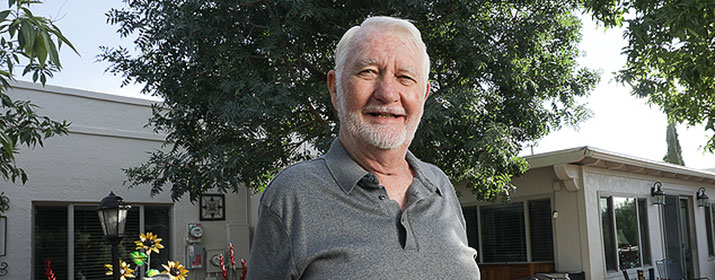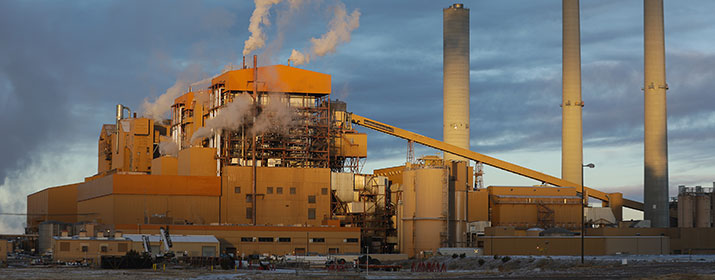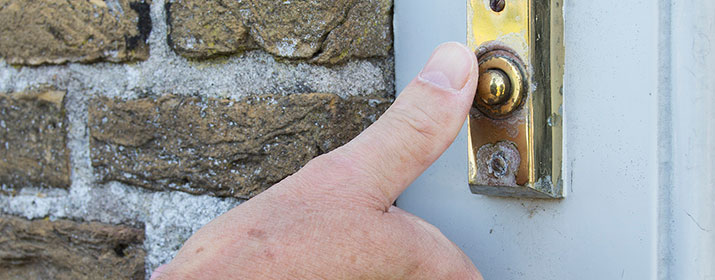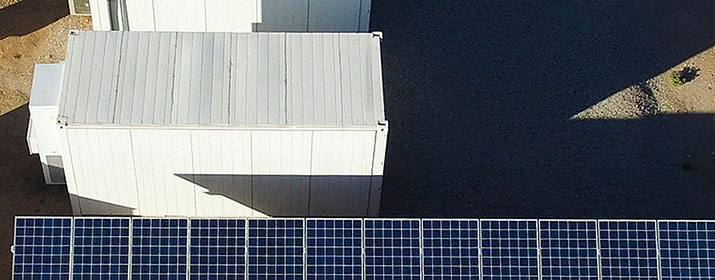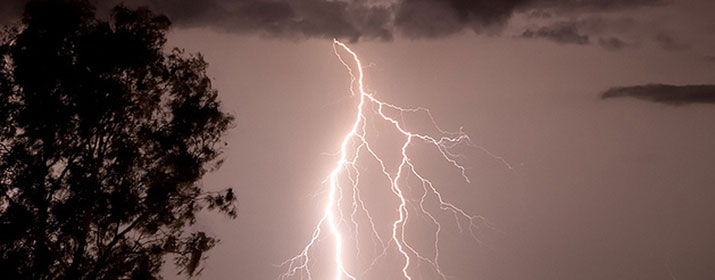
Monsoon season brings spectacular lightning shows, high winds and the potential for flash floods. While you might look forward to the summer rains, they can create dangerous situations. Learn how to prepare for storms with the tips below.
Before the Storm Hits
Make Sure We Can Reach You
In the event of a power outage, we can send you important updates by text, email and push notifications, including the cause of the outage, how many others are affected and when service will be restored. Make sure we can reach you. To confirm your contact information, log in or register at tep.com/login or call Customer Care at 520-623-7711.
Create Your Storm Survival Kit
Don’t wait until the thunder’s booming to realize you’re missing essentials. Assemble an emergency kit with:
- Flashlights and fresh batteries (Skip the romantic candles. They’re fire hazards)
- Battery-powered radio to stay informed
- First-aid supplies
- Non-perishable snacks like granola bars, dried fruit, and beef jerky
- One gallon of water per person per day, and more if you have pets
Be a Weather Watcher
Keep an eye on forecasts through TEP’s mobile app or local media. Sign up for free weather alerts from NOAA, the National Weather Service, or Pima County Emergency Management.
Power Protection
Any electronics left plugged in could be damaged by lightning-caused power surges. To prevent damage, plug electronics into surge protection power strips.
When the Lights Go Out
Keep Your Cool
Please turn off your AC during outages. This protects your equipment and supports electric reliability. Because AC units require a great deal of power at the precise moment they start, the combined impact of hundreds or thousands of units starting up as power is restored can trigger reliability problems that cause another outage or even damage your equipment. It won’t take long to turn your AC back on after service is restored, but that little delay will help protect everyone’s equipment.
Preserve Your Perishables
Keep the refrigerator and freezer doors closed. A closed fridge will keep food safe for about four hours. Adding bags of ice also will extend the cooling time. Once the freezer begins to warm, transfer frozen foods into a cooler with ice. Remember the golden rule: When in doubt, throw it out. If the temperature of the food is higher than 40 degrees for two or more hours, it’s best not to risk getting sick.
Stay Connected
Before the storms roll in, be sure your phone has a full charge. Consider buying a solar charger so you can charge your phone without electricity. During the storm, close all background apps or power your phone down to conserve the battery.
Downed Power Lines: The Danger Zone
Always assume downed power lines are energized. Never touch them or drive over them. Always call 911 for help and wait for TEP personnel to arrive and assess the situation.
The Car Scenario
If a power line falls on or around your vehicle, stay inside the vehicle. Assume the line is energized and do not attempt to leave your vehicle or touch the outside of the vehicle.
If you must exit in an emergency because there’s a fire or other immediate danger:
- Open the door and jump clear of the vehicle without touching the car and ground simultaneously
- Land with both feet together
- Either “bunny hop” (jump with feet together) or shuffle away with your feet close together
- Keep going until you’re 30 feet or more from the vehicle
Check out this short video demonstrating the correct steps.
When Thunder Roars, Head Indoors
Once home:
- Use cell phones instead of landlines during lightning storms
- Unplug sensitive electronics if possible
- Keep away from wiring and plumbing
- Turn off appliances that were running when the power went out. Leave one light on so you’ll know when service returns.
TEP offers a Medical Device Alert program for those who rely on electricity-dependent medical equipment. Sign up to make sure we’re aware of this need and can reach you with updates during outages.
For more information on outages or to report an outage, visit TEP’s outage map.

